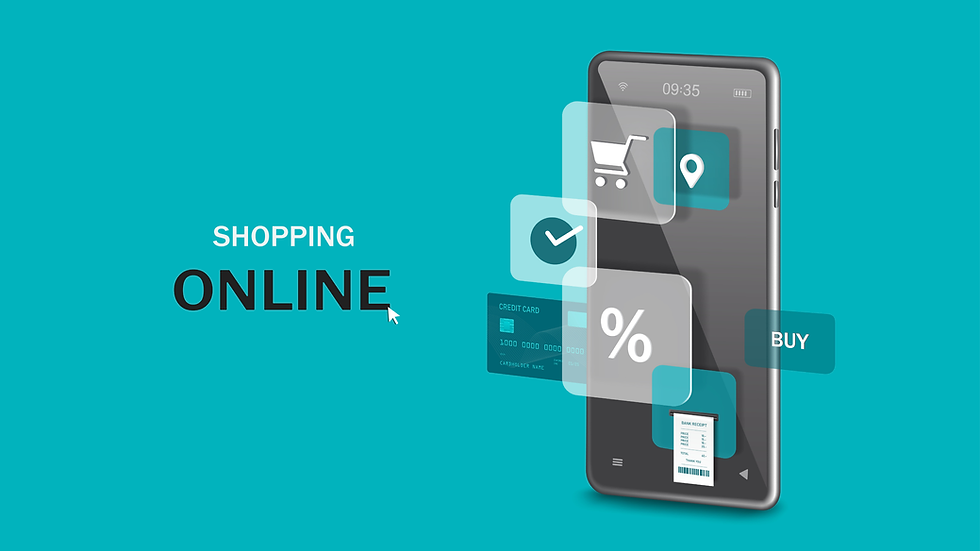Designing Products That Speak to Your Customer's Lifestyle
- isilvano3

- Mar 24
- 2 min read
Updated: Apr 3

Creating a product that resonates with your customers is about more than just functionality or aesthetics. To truly connect with your audience, your product must align with their lifestyle, values, and needs. Let's break down how to design products that stand out and speak directly to your customers' lives.
1. Understand Your Customer
The first step is knowing who you're designing for. Move past surface-level data like demographics and dig deeper into psychographics, which includes your customers' values, interests, and behaviors.
Ask questions: What problems do they face in their daily lives that your product can solve?
Collect feedback: Surveys, focus groups, and product reviews are excellent tools for understanding customer pain points.
Leverage data: Use analytics to track customers' interactions with your brand and define their key lifestyle patterns.
2. Solve a Problem, Make Things Easier
Great products either solve a problem or make people's lives more convenient. If your product doesn't add value, it's unlikely to resonate with your customer's lifestyle.
Research trends: Could you address emerging habits or routines in your target market?
Focus on utility: Simplicity and usability frequently appeal to customers with busy lifestyles.
3. Align with Their Values
Consumers increasingly seek brands that reflect their ethics. Whether sustainability, inclusivity, or transparency, your product design should echo what matters most to your audience.
Use sustainable materials or packaging to appeal to environmentally-conscious customers.
Highlight ethical production practices on your website or marketing collateral.
4. Prioritize Versatility
Lifestyle products often serve multiple purposes. Customers appreciate products that are adaptable and fit seamlessly into different contexts.
Design products that can easily transition from one activity to another. For example, athleisure clothing that works for workouts and casual outings caters to a lifestyle need.
Versatility ensures frequent usage, making your product a staple choice for customers.
5. Simplicity in Design and Communication
Keep your product relatively simple to fit into modern minimalist lifestyles. Avoid overcomplicating features or adding unnecessary elements that overwhelm users.
Similarly, communicate this simplicity through your branding. Use clear labeling and concise packaging that reflects the product's ease of use.
6. Evolve With Your Customers
Lifestyle changes happen over time, and your products should adapt. Build customer feedback loops into your design process to ensure your offerings remain relevant year after year.
Once a product launches, stay responsive by tweaking features or launching upgraded versions based on evolving customer needs.
7. Collaborate With The Right Partners
Design is one piece of a much larger puzzle. Agencies, consultants, and advisors can bring valuable outside expertise to your product.
Trend consultants can help you identify the next big thing your product needs to address.
Design agencies can turn your vision into a reality with professional insight.
Designing a product that speaks to your customer's lifestyle isn't rocket science but requires focus and fine-tuning. By understanding your audience, connecting with their values, and designing with versatility in mind, your product will naturally find a place in their lives.
For businesses looking to elevate their products even further, enlisting the expertise of consultants and design agencies can save time, improve outcomes, and make products irresistible to your target market. Regardless of where you are in the process, these resources can provide clarity and direction, helping you align your product with your customers' lives.
.png)



Comments